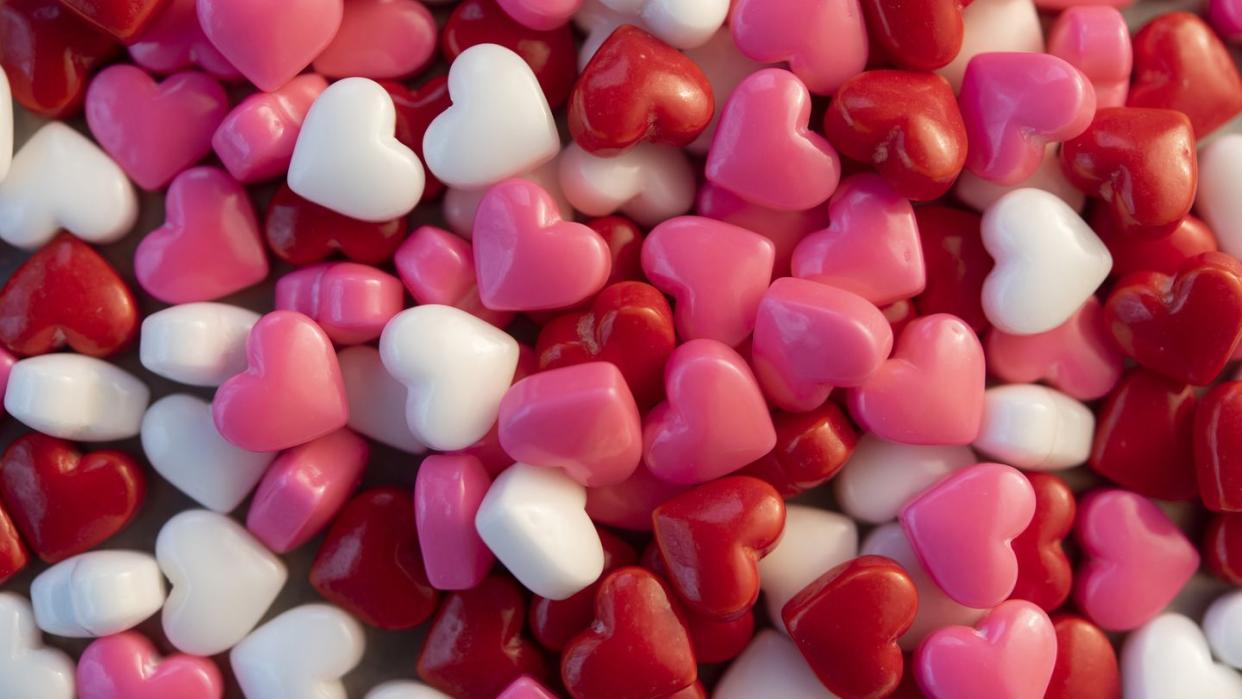What Foods and Products Have Red Dye No. 3, and Why Did California Ban the Additive?

Red dye No. 3, among other additives, has been banned in California under a new law.
The additive appears in thousands of products, including candies and some medications.
Red dye No. 3 has been linked to hyperactivity in kids and cancer.
Red dye No. 3 will be banned in California after landmark legislation was signed late last week by the state’s governor, Gavin Newsom. The California Food Safety Act—which has been referred to as a “Skittles ban”—forbids the sale of four food additives, including brominated vegetable oil, potassium bromate, propylparaben, and red dye No. 3, starting in 2027.
You’ve probably heard of red dye No. 3 at some point and are at least aware that there’s some controversy around the ingredient, which pops up in everything from candies to children’s medicines. But what is red dye No. 3, exactly, and what does it show up in? Here’s what you need to know.
What is red dye No. 3?
Red dye No. 3, which is also known as erythrosine, is a synthetic dye derived from petroleum. It’s often used in select foods to give it a red color.
Despite its wide use in certain foods in the U.S., it’s controversial and banned in some forms in this country.
Why is red dye No. 3 bad?
Red dye No. 3 has been associated with a slew of potential health conditions. In 1990, the Food and Drug Administration (FDA) banned the use of red dye No. 3 in cosmetics due to studies that linked high doses of the additive to thyroid cancer in animals. However, it was allowed to still be used in certain foods.
The FDA told The New York Times at the time that the risk of getting cancer from red dye No. 3 was no greater than one in 100,000 over a lifetime of eating it.
“A lot of people wonder, ‘If it can’t be in cosmetics, why can it be in food?” says Jessica Cording, R.D., author of The Little Book of Game-Changers.
Red dye No. 3 has been connected to hyperactivity and behavioral issues in children, too. A 2021 report from the California Office of Environmental Health Hazard Assessment found that kids who have food dyes, including red dye No. 3, can become more hyper than usual and have difficulty focusing.
That’s a big concern for pediatricians. “The potential issue with food additives like red dye No. 3 is their association with health concerns, including potential links to hyperactivity in children,” says Daniel Ganjian, M.D., a pediatrician at Providence Saint John’s Health Center in Santa Monica, Calif. “If children ingest this dye, adverse effects may include hyperactivity, allergic reactions, and behavioral issues.” Ganjian says he’s personally witnessed children act out after having the food dye.
What does red dye No. 3 show up in?
Red dye No. 3 shows up in a lot of processed foods, Cording says. “Candy is where it’s most commonly seen,” she says. “But it’s also in certain drinks, like oral nutrition supplements, cough syrups, and gummy vitamins.”
Cording says red dye No. 3 can show up in “things you might not expect, like certain grain products and snack foods.”
An FDA exposure analysis broke down the most common spots you’ll find red food dye No. 3:
Baking decorations
Ice cream cones
Frostings and icings
Frozen dairy desserts
Soft candy and gummies
Meal replacement drinks and bars
Cookies
Toaster pastries
Ice pops
Baby foods
Hard candy
Melanie Benesh, vice president of government affairs for the Environmental Working Group, says it’s important to read labels if you’re trying to avoid red dye No. 3. “Artificial food dyes must be listed on the labels of packaged foods,” she says. “You can also limit your intake of red dye No. 3 and other synthetic dyes by choosing certified organic packaged foods. These products cannot contain artificial food dyes.”
By the way, Benesh says that companies that make foods with these dyes will likely just tweak their recipes. “Many of the companies that will be affected already make these products without these four additives to sell in the European Union, the United Kingdom, and other nations where these chemicals are banned,” she says.
Is it OK to have any red dye No. 3?
Cording says you’re probably OK if you have red dye No. 3 here and there. However, she points out that kids have smaller bodies and will likely be impacted by the dye more than adults.
“As with many things, the amount and frequency you have matters,” she says. “If you have a lot of it, it can add up.”
You Might Also Like


